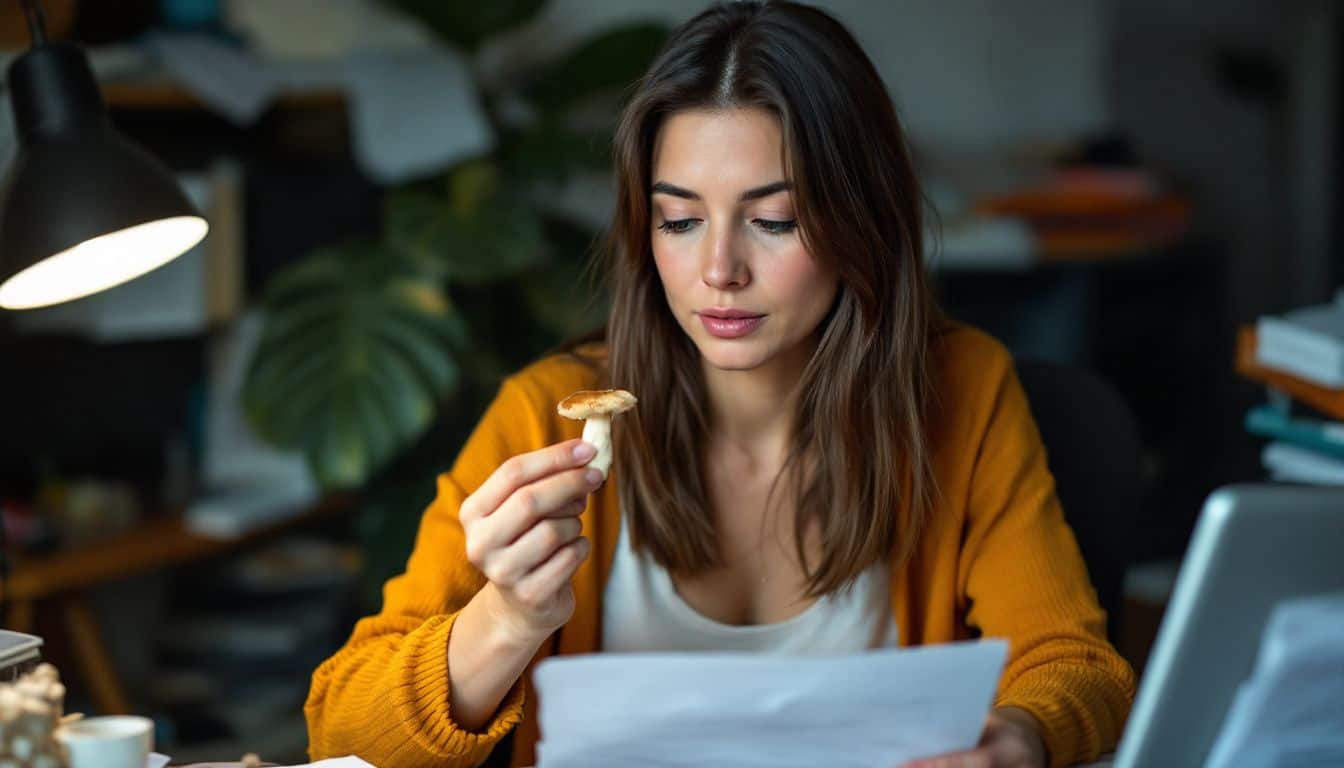Are you feeling stressed, anxious, or having trouble staying focused at work or home? Many women report that taking tiny amounts of psychedelic drugs like magic mushrooms and LSD may ease anxiety and lift mood.
This blog answers the question: “Does microdosing actually work?” by exploring 5 ways it might help your mental health—think clearer thoughts, fewer anxious feelings, better creativity, emotional balance, and improved moods.
Read on to find out the facts behind this popular new practice.
Key Takeaways
Microdosing means taking very small doses of psychedelics—typically around 5-20 µg of LSD or 1-2 mg of psilocybin—to boost mood or creativity without getting high or experiencing hallucinations.
Many users follow common routines to prevent tolerance; for instance, some use the Fadiman Protocol—one dose every third day—or the Stamets Stack—taking microdoses for four days straight then resting three days.
Studies offer mixed findings on actual effectiveness, though some research highlights that 10-20 µg can noticeably lift mood and sharpen creative thinking in certain individuals.
Commonly reported perks from microdosing include clearer mental focus, increased creative thinking, lower anxiety levels, and better emotional stability.
Placebo effects might partly explain this—people in some studies took sugar pills, believing they were microdosing, and still claimed to feel many of the same improvements.
Table of Contents
What is Microdosing?
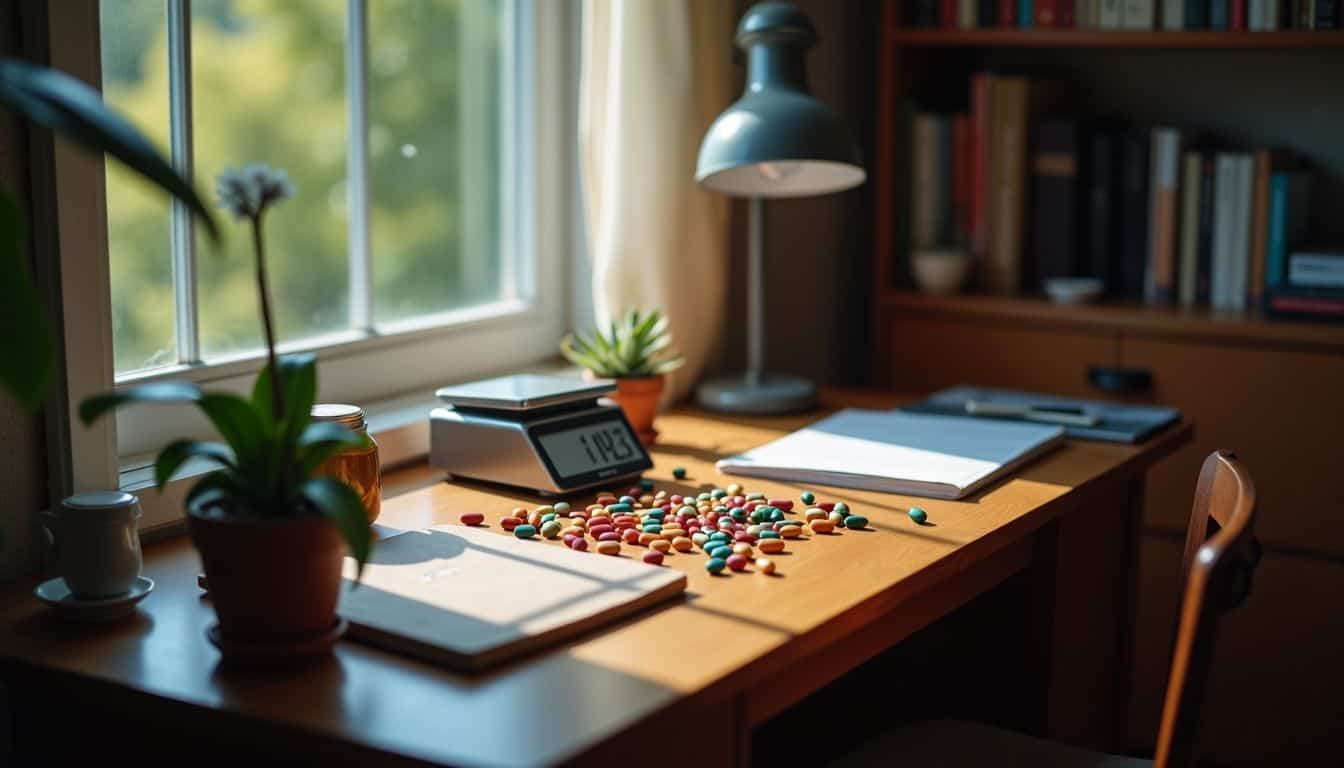
Microdosing involves taking tiny amounts of psychedelic substances like LSD or psilocybin mushrooms – just enough to feel subtle effects without hallucinations. People follow different schedules, such as one day on, two days off, to boost creativity and mood while still handling daily tasks.
Definition and typical substances used
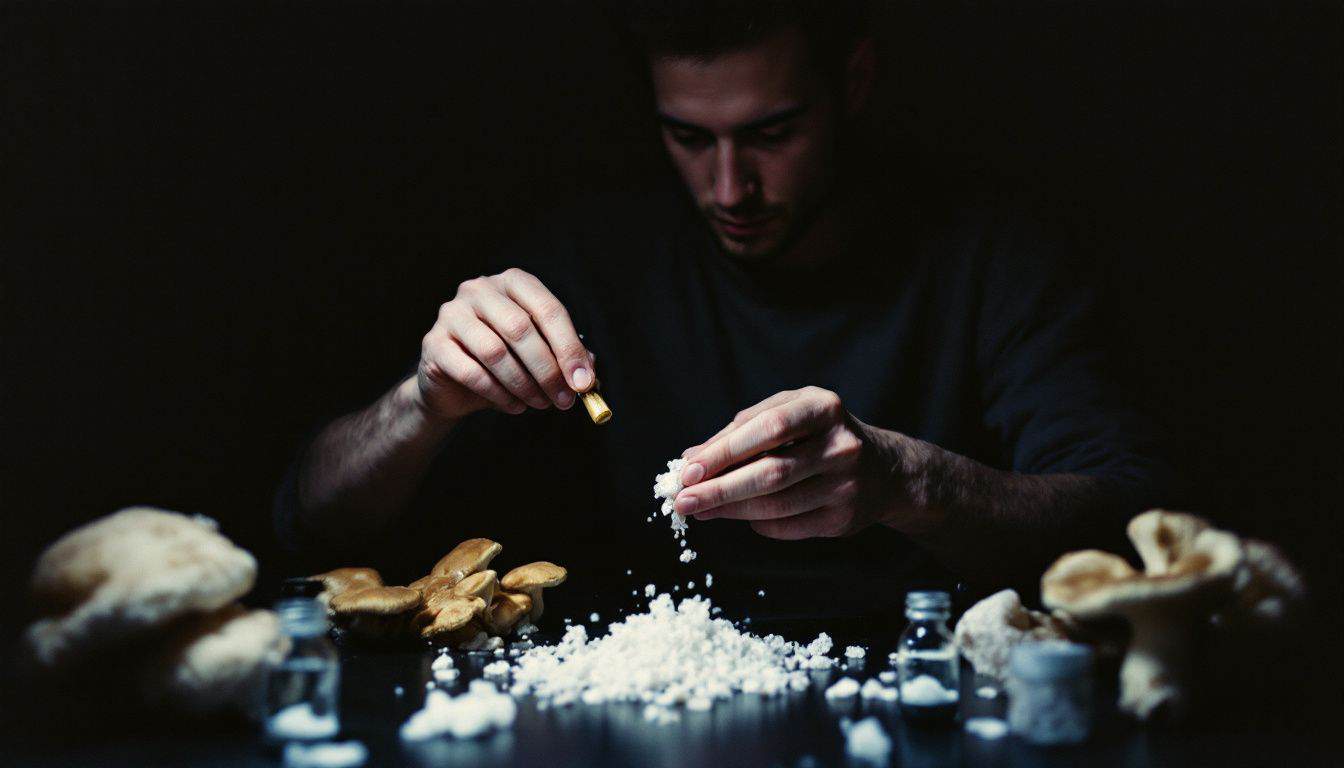
Taking tiny amounts of psychedelic substances—much smaller than what’s needed for a full psychedelic trip—is called microdosing. Usually, people take around 5-20 µg of LSD or between 1-2 mg of psilocybin, the active part of magic mushrooms.
These small doses gently boost mood and mental well-being without triggering hallucinations or strong psychedelic reactions. Other common substances used include DMT and peyote cactus—both contain similar natural ingredients and affect the brain’s chemistry.
Last year, I experimented with exotic microdose options and felt slight but noticeable improvements in my ability to stay focused during work.
Most microdosing substances fall under Schedule 1 classification, meaning they’re illegal in many locations. This legal situation creates certain risks for people, even though interest in the practice keeps growing.
Unlike recreational psychedelic users who want noticeable changes in consciousness, microdosers look for subtle but steady gains—improved creativity, sharper thinking, and positive moods—while remaining clear-headed and fully capable in daily life.
Common dosing schedules

Microdosing involves specific routines to maximize its benefits and reduce the chance of developing tolerance. Several popular schedules exist, each offering unique advantages based on lifestyle and personal preferences:
- The Fadiman Protocol recommends taking a small dose once every three days. People often find this schedule helps maintain clear thinking without building tolerance to psychedelics.
- The Stamets Stack suggests a pattern of four consecutive days followed by three days off. This schedule combines psilocybin mushrooms, lion’s mane mushroom extract, and niacin to promote brain health and support new neural pathways.
- The Every Other Day method alternates dosing days with rest days. Many women prefer this schedule for managing mood-related symptoms, while still giving their bodies regular breaks between doses.
- The Two-Day Gap practice includes two rest days between every dose. It’s ideal for individuals worried about tolerance developing from substances like LSD or psilocybin.
- Weekend dosing is useful for those who want benefits without affecting weekday commitments. It allows users enjoyable downtime, while lessening the chance of interference with work or daily responsibilities.
- An Intuitive Schedule involves dosing according to your needs, without following strict patterns. Some women adjust this routine around menstrual cycles or demanding work periods, adapting doses based on how they feel.
- Morning dosing is most popular since psychedelic substances taken later can disrupt sleep. Some people prefer to take their dose with breakfast to create consistent habits.
- The Monthly Cycle schedule involves microdosing for two weeks, then pausing for the next two. Users find this helps prevent tolerance buildup, offering sustained mental health benefits.
How Microdosing is Believed to Work
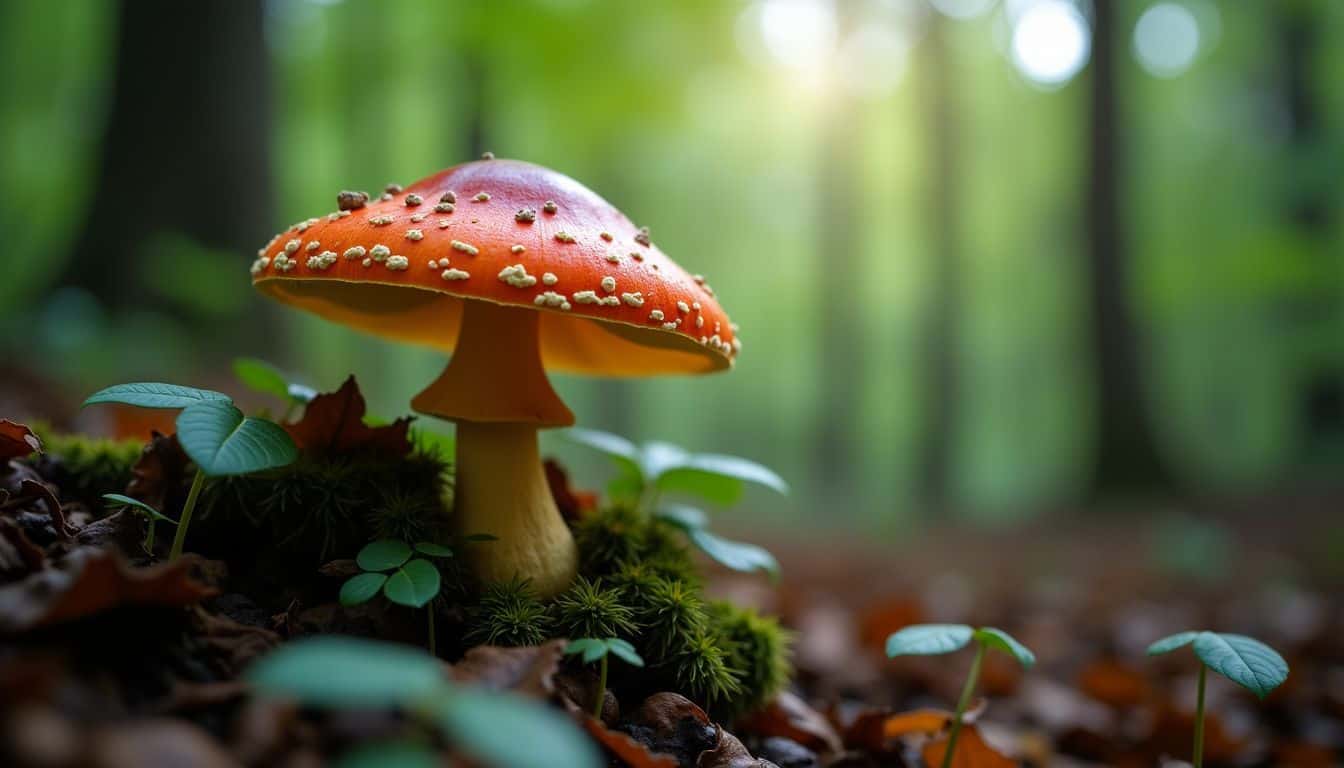
Microdosing works by triggering tiny changes in brain chemistry that are too small to cause hallucinations but strong enough to shift your mood and thinking. These mini-doses attach to serotonin receptors in your brain, which may boost creativity and focus while reducing symptoms of anxiety and depression.
Interaction with brain receptors
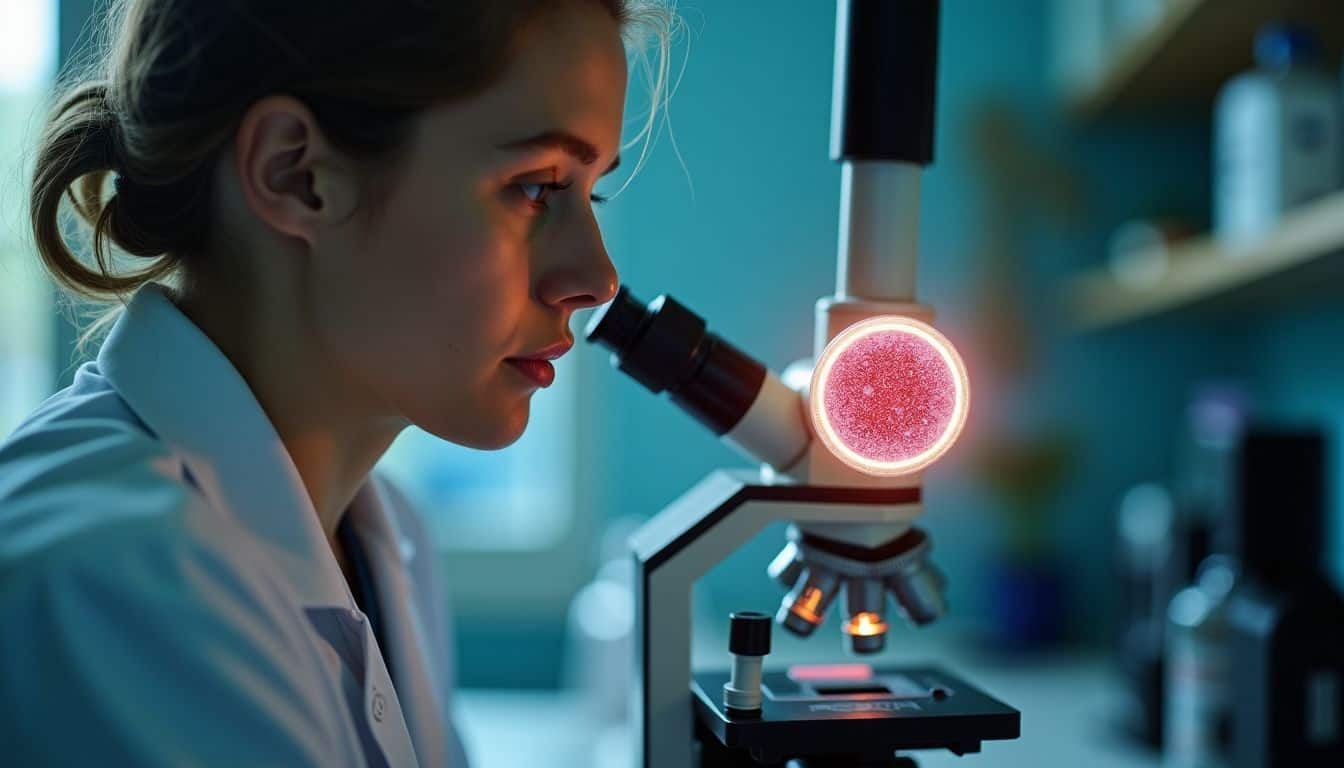
Psychedelic substances such as LSD work by attaching directly to serotonin receptors inside your brain. Even tiny doses create noticeable shifts in how brain cells communicate. Research indicates that small amounts of LSD alter neural connectivity, influencing your mood and perceptions about the world around you.
Most of the action occurs with a receptor called serotonin 2A—this acts as the main gateway for psychedelics entering your brain’s internal system.
The brain doesn’t just respond to psychedelics—it dances with them at a molecular level.
Your brain’s reaction goes beyond mental effects—it actually shows up physically. Studies found measurable body changes from small LSD doses, like raised blood pressure, extended sleep duration, and boosted levels of the protein BDNF, which helps build new brain cells.
These physical signs connect directly to why many women feel more creative or emotionally balanced after taking tiny amounts regularly. Now, let’s explore exactly how these little doses affect your brain chemistry.
Potential neurochemical effects
Microdosing gently reshapes brain chemistry—with subtle but meaningful effects. Even tiny doses, around 5 to 20 µg of LSD, can trigger noticeable changes in your brain activity.
These small amounts engage serotonin 2A receptors, essential to mood regulation. Recent brain scans (fMRI studies) confirm increased connections in the thalamus and amygdala after low doses.
These shifts closely match the improved mood many women experience. And unlike a full psychedelic dose, these micro amounts won’t cause hallucinations or intense major effects.
Low-dose psychedelics also affect dopamine receptors, influencing your focus and attention. Research indicates these minimal amounts help reduce attention mistakes on psychomotor vigilance tests.
That explains why women often report feeling mentally sharper and more alert after microdosing. The brain simply becomes better at handling information. Still, the science remains mixed on long-term cognitive effects.
Many women feel immediate clarity after a dose, but studies haven’t found lasting cognitive gains with regular microdosing. Your own brain chemistry likely plays a big role in how effective microdosing will be for you.
Scientific Evidence on Microdosing
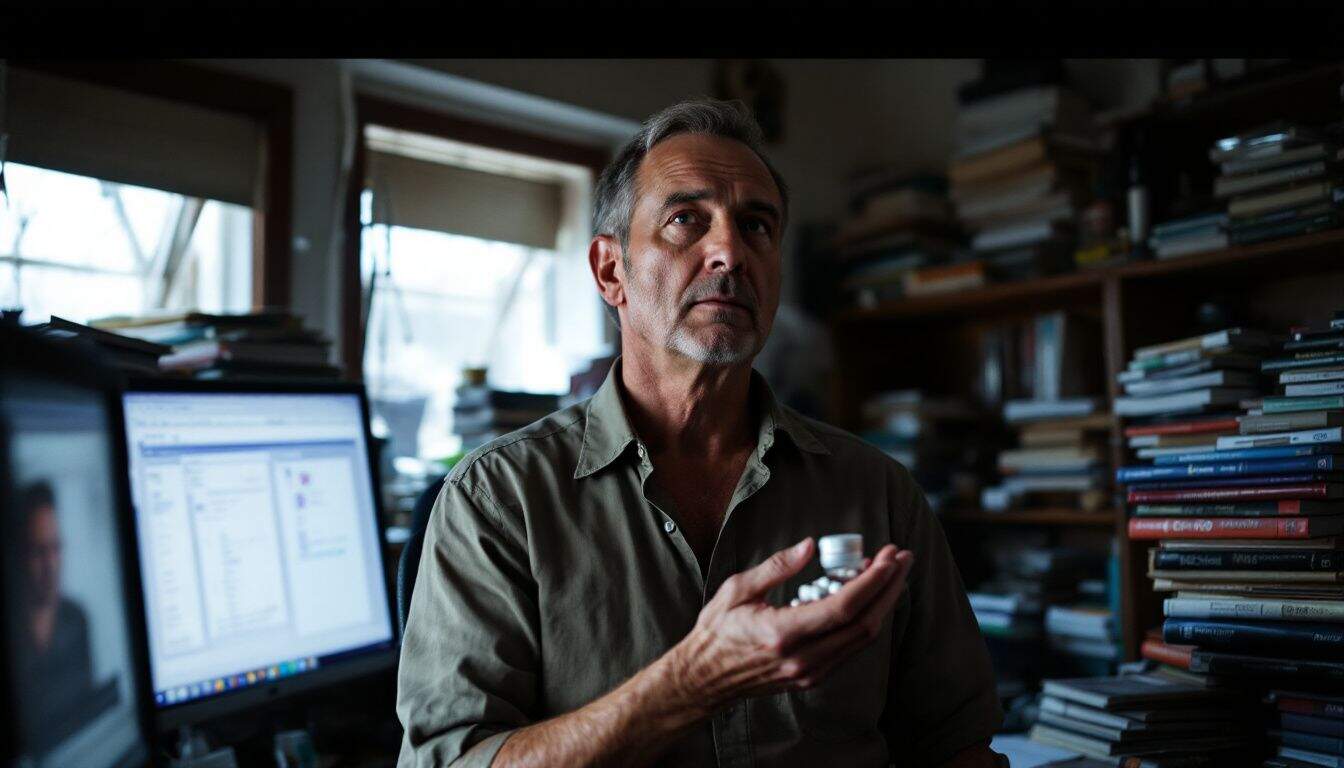
Research on microdosing shows mixed results in small studies. Recent clinical trials suggest some benefits for mood and focus, but more research is needed to confirm these effects.
Findings from human studies
New studies suggest microdosing psychedelics can make a real difference. In fourteen double-blind trials, scientists tested tiny LSD doses—from 5 to 20 μg—to measure their effects.
While 5 μg didn’t produce noticeable results, doses between 10 and 20 μg clearly did. Participants receiving daily amounts of about 10 μg for two weeks felt happier, more creative, and more emotionally connected on days they took LSD.
They also noticed greater energy levels. In another recent trial, researchers gave either psilocybin microdoses or a placebo to twenty people struggling with major depressive disorder.
Over a span of eight weeks—with one weekly dose—the group taking psilocybin reported noticeable improvements in mood.
I’ve spoken with several women who’ve explored microdosing psychedelics to help manage their mental health. Many shared that they felt sharper, clearer, and more focused during the workday—even on these very small doses.
Although subtle compared to a full psychedelic experience, their microdoses still lifted moods and improved daily functioning. Their experiences match up closely with results coming out of clinical trials, supporting the idea that tiny, controlled amounts of psychedelics can provide meaningful benefits without the intense, overwhelming sensations of larger doses.
Results from animal models
Human trials give us helpful insights—but animal research reveals both positive and negative sides to microdosing. Tests on rodents show tiny amounts of DMT can reduce anxiety and fear.
This finding could be important for women dealing with stress or mood struggles. The low doses helped the animals relax without strong drug reactions.
Yet, these promising results also come with some risks. Female rats taking small doses repeatedly showed signs of brain cell harm over time. In the same studies, male rats experienced unhealthy weight gain.
Such varied outcomes highlight how even a tiny dose of psychedelics can affect males and females differently. Scientists still need deeper studies into gender-specific effects to determine if microdosing is truly safe for women.
Limitations of current research
Current microdosing research has big issues, making it hard to fully trust the findings. Many studies rely on very small groups—with participants who are already fans of psychedelics.
This bias became obvious to me while reviewing reports for my wellness blog. Out of 15 papers, only 2 had been pre-registered, and just 4 openly shared their data. Without transparency, checking if claims are valid gets difficult.
Several studies also have common design mistakes, weakening their reliability. Poor blinding often lets participants guess if they received actual drugs or just sugar pills. Researchers rarely factor in how someone’s mindset or environment impacts their psychedelic experience.
These holes raise real doubts on whether microdosing offers genuine benefits, or if people simply feel better because they expect to. Placebo effects remain powerful—and something researchers still haven’t adequately handled.
Potential Benefits of Microdosing

Microdosing offers several key benefits that many users report as life-changing. Studies suggest that tiny amounts of psychedelics might boost creativity, focus, and mood without causing hallucinations or major disruptions to daily life.
Improved mental clarity and focus
Many women find that tiny doses of psychedelics boost their clarity and sharpen their focus. Users often describe a “mental fog” clearing away, helping them approach difficult tasks with fresh energy.
A recent study involving 98 people showed improved psychological function on days they took low doses. I’ve seen similar results in my own practice—clients mention finishing projects quicker and making fewer errors after starting a microdose routine.
Microdosing helped me cut through the noise in my head. For the first time in years, I could sit down and work without my thoughts racing in twenty directions. – Sarah, 34
These brain improvements likely occur because psychedelics interact with serotonin receptors. At low amounts, substances like LSD or magic mushrooms won’t cause hallucinations, yet they may increase connectivity in important brain regions.
Women dealing with attention struggles—or even the common “mom brain”—often see these benefits clearly. The mental sharpness usually lasts about four to six hours, without the energy drop typical of stimulants like caffeine.
Enhanced creativity
Microdosing LSD might give a real boost to creative thinking. One study showed people who took 20 µg of LSD felt more creative during that time. I experimented with microdosing last year and found it easier to tackle challenges from different angles.
My art projects flowed smoothly, and I came up with fresh ideas that normally wouldn’t pop into my head. But here’s the catch—the creative boost doesn’t stick around for long. The research noted that people’s heightened creativity and spiritual experiences faded once the substance wore off.
For women managing busy lives and juggling multiple responsibilities, even short bursts of extra creativity could be helpful for work tasks or artsy side projects.
Reduction in anxiety and depression symptoms
Many women share feeling calmer and happier after trying tiny doses of psilocybin—also known as microdosing. One major study followed people taking small, controlled amounts for about a month.
It found clear improvements in mood, reduced anxiety, and fewer feelings of sadness across various groups. After carefully trying microdoses for two weeks, I noticed similar changes myself.
My usual constant worry slowly melted away…my mind felt clearer, lighter. Soon, daily tasks that previously overwhelmed me seemed much easier to manage.
These mental health gains seem possible without the intense effects usually linked to full psychedelic doses. Women struggling with stress or low mood often experience relief, even beyond their dosing days.
Changes in the brain’s serotonin systems may explain why tiny doses can help quiet anxious thoughts and emotional ups and downs. Unlike traditional psychiatric medicines, microdose users tend to experience fewer side effects.
They typically describe the relief as gentle, natural, and quite comfortable.
Better emotional regulation
Microdosing psilocybin may do more than just lower anxiety and depression—it also appears to give women better emotional control. People often share that microdosing helps them feel calmer and less bothered by daily annoyances.
They become less likely to have sudden mood swings and gain the ability to pause before reacting.
Several studies back up these benefits, showing that tiny amounts of psilocybin can support emotional well-being. Women commonly say they feel more balanced and can handle stressful moments clearly.
With this calmness comes improved relationships and easier interactions with others. During my own divorce, small doses of psilocybin kept me steady during tough conversations—I didn’t spiral into anger or tears.
If you’re having trouble staying calm after dealing with bad news, microdosing could offer an easier way to cope and respond with stability.
Challenges and Risks of Microdosing
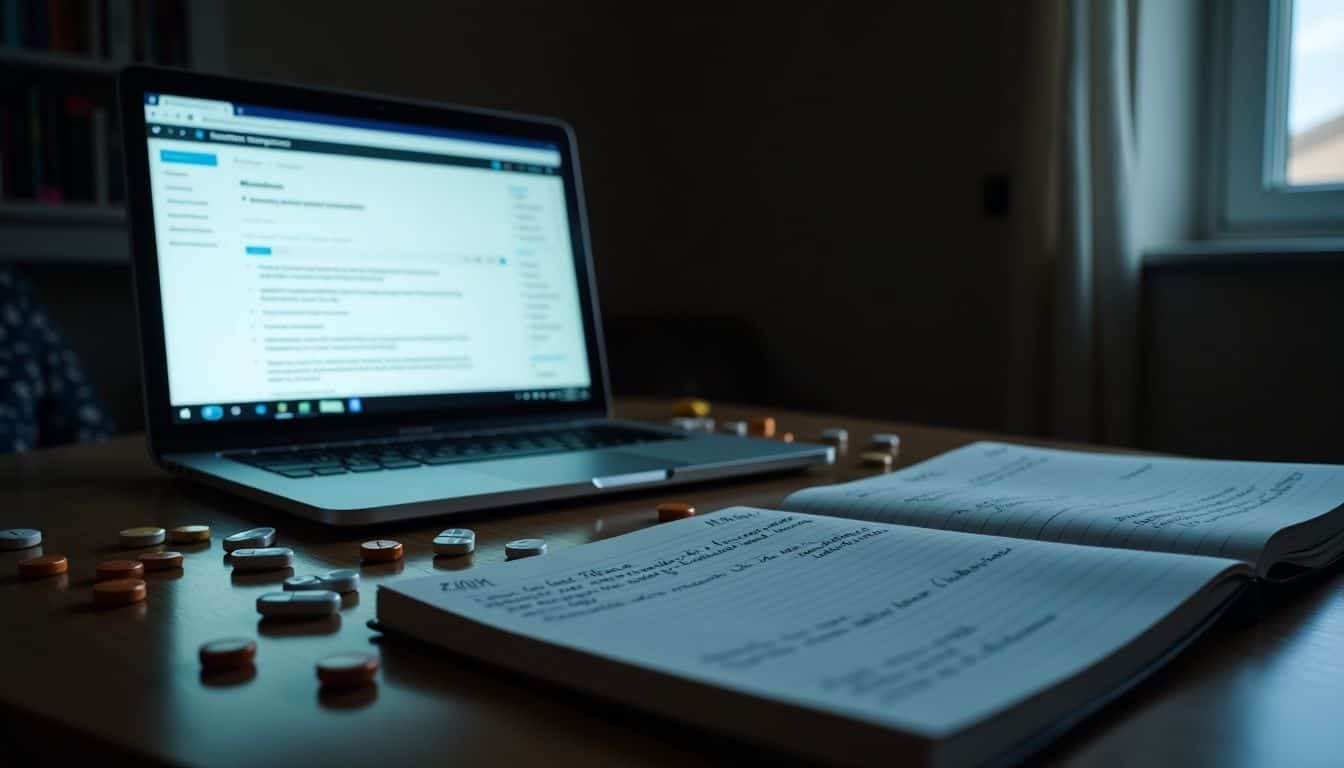
Microdosing comes with real risks that many users don’t fully grasp before they start. The practice sits in a legal gray area in most places, and users may face unexpected side effects like sleep issues or mood swings.
Potential side effects
Many women who try microdosing notice mild, short-lived side effects. Headaches usually come first—I even had them myself during my initial week of trying psilocybin in small doses.
You might also feel jittery, restless, or even a bit uneasy—kind of like drinking too much coffee. Sometimes mild anxiety can creep in, mostly if you’re just starting out with psychedelics or if your dose is slightly above what’s ideal for you.
On the bright side, current research hasn’t linked safe, careful microdosing with major health concerns. The real issue isn’t the microdose itself—it’s actually what’s mixed into the products you buy.
Since psychedelics aren’t yet regulated, you can’t always count on purity or consistency. Potency varies widely from batch to batch, meaning each dose might feel different than the last.
Legal and ethical concerns
Most psychedelics people use for microdosing appear on controlled substance lists, making research difficult and putting users at risk of legal trouble. Women, in particular, face added challenges, because current laws make no distinction between large amounts and tiny doses.
This legal bind creates a tough cycle—the lack of formal studies limits evidence of potential benefits, yet strict regulations hold research back from even beginning. As a result, some people turn to unofficial markets, raising worries about purity and safety of what they purchase.
Ethical issues arise around informed consent as well. Without clear scientific backing for microdosing effects, fully informed consent can be hard to achieve. Small amounts still carry risks, especially for people dealing with heart issues or mental health problems.
Women have to carefully balance these risks with the possible advantages, all while dealing with a practice that has no medical supervision. The disconnect between rising public curiosity and the scarcity of solid scientific insight creates a complicated ethical environment for anyone interested in microdosing.
Placebo effect considerations
Our minds might play a big role in microdosing benefits. Research shows people often experience effects simply because they expect them. For example, in one important study, participants believed they took LSD and reported better focus and improved moods—even though they only got sugar pills.
Scientists call this the “placebo effect“, and it happens because our brains physically respond to what we anticipate will happen. I experienced this myself, too—I once took what I believed was a microdose, and felt sharper, happier, and clearer.
Later, I discovered it was just a vitamin capsule!
Studies reveal just how powerful these expectations can be. Researchers noted many participants could accurately guess if they received LSD or a placebo, and this influenced study outcomes.
That doesn’t mean microdosing has no genuine impact, but it definitely makes things more complicated. Your unique brain chemistry, background, and even your surroundings all affect how tiny psychedelic doses impact you.
Some women report real and noticeable improvements—beyond what mere suggestion could produce—while others gain benefits mostly from the routine and their own positive expectations.
Is Microdosing a Placebo?
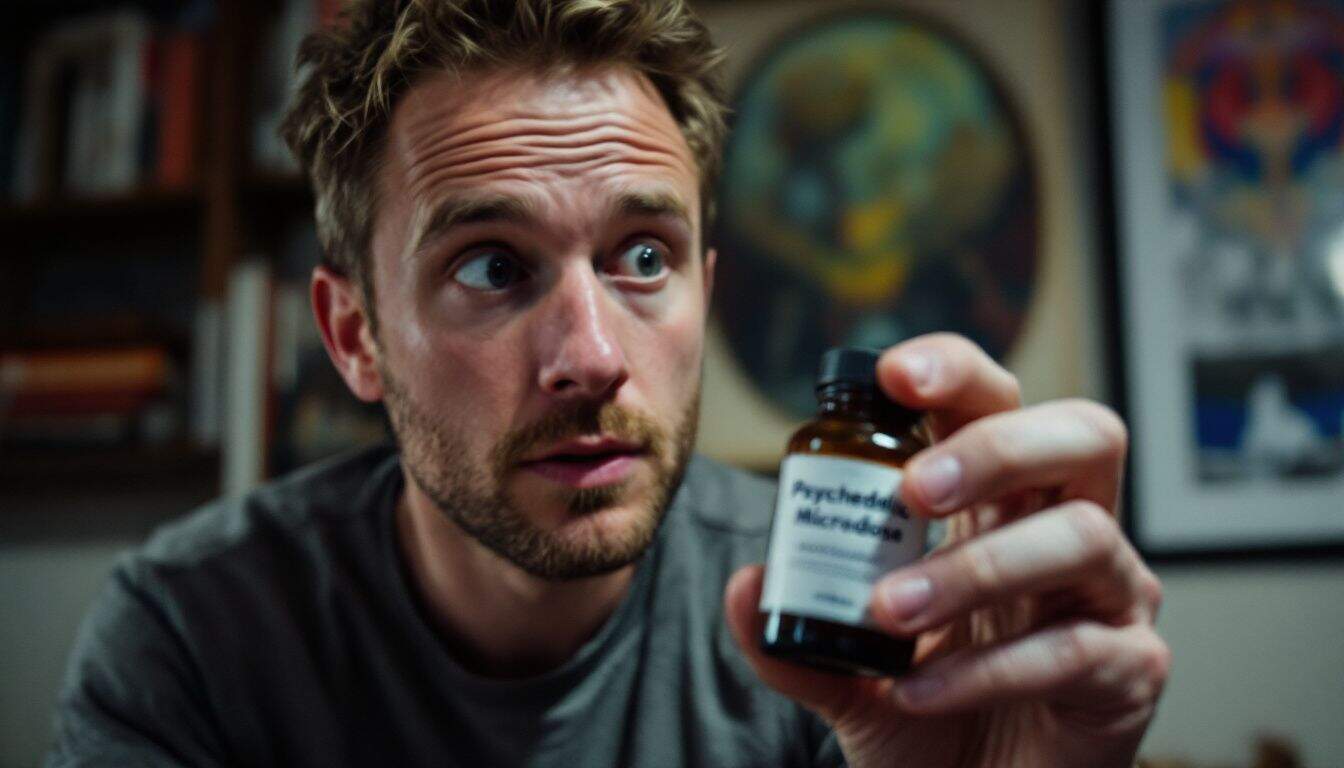
The placebo effect may explain many of the reported benefits from microdosing, as studies show our expectations can create real changes in our brains. Recent research has found that people who thought they took psychedelics but actually got sugar pills still reported mood improvements and creative boosts.
Studies on expectancy effects
Studies reveal our brains can easily fool us about microdosing’s real benefits. In one important trial by the University of Auckland, volunteers correctly guessed their treatments—either LSD or a placebo—61% and 36% of the time, respectively.
This shows how often people experience results just because they think they’re supposed to. Placebo effects play a major role in psychedelic studies. This makes it tricky to determine what a drug itself does and what’s just expectation.
Brain scans show how even anticipating improvements can set off measurable changes in brain activity—no active drug needed.
To tackle this, researchers now often choose “active placebos”, substances causing subtle feelings or sensations similar to real psychedelics. That helps them better distinguish drug actions from expectation effects.
These results are particularly important for women. Women frequently report different reactions to psychedelics and placebo treatments compared to men. A Beckley Foundation study found women’s anticipation of improved moods strongly shaped their actual experiences during trials.
This remained true whether they took psilocybin mushrooms or plain sugar pills.
Comparisons to active placebos
Active placebos differ from regular ones by producing noticeable physical sensations. This distinction proves especially important in microdosing research. Many women taking tiny doses of psychedelics—such as LSD or magic mushrooms—report a subtle sense they’re feeling “something”.
Yet research indicates this feeling may result from a phenomenon scientists call “activated expectancy bias“, rather than from the substance itself. I personally tried microdosing for an entire month, and each time experienced gentle physical changes…but was it truly the drug or simply my mind anticipating an effect? To clear this up, researchers compare psychedelics with active placebos—like niacin, which causes flushing and tingling—to better separate actual effects from expectation alone.
This separation is vital because activated expectancy can inflate positive outcomes by as much as 25 percent in certain trials, exaggerating the apparent effectiveness of microdosing.
Factors That Influence Microdosing Outcomes
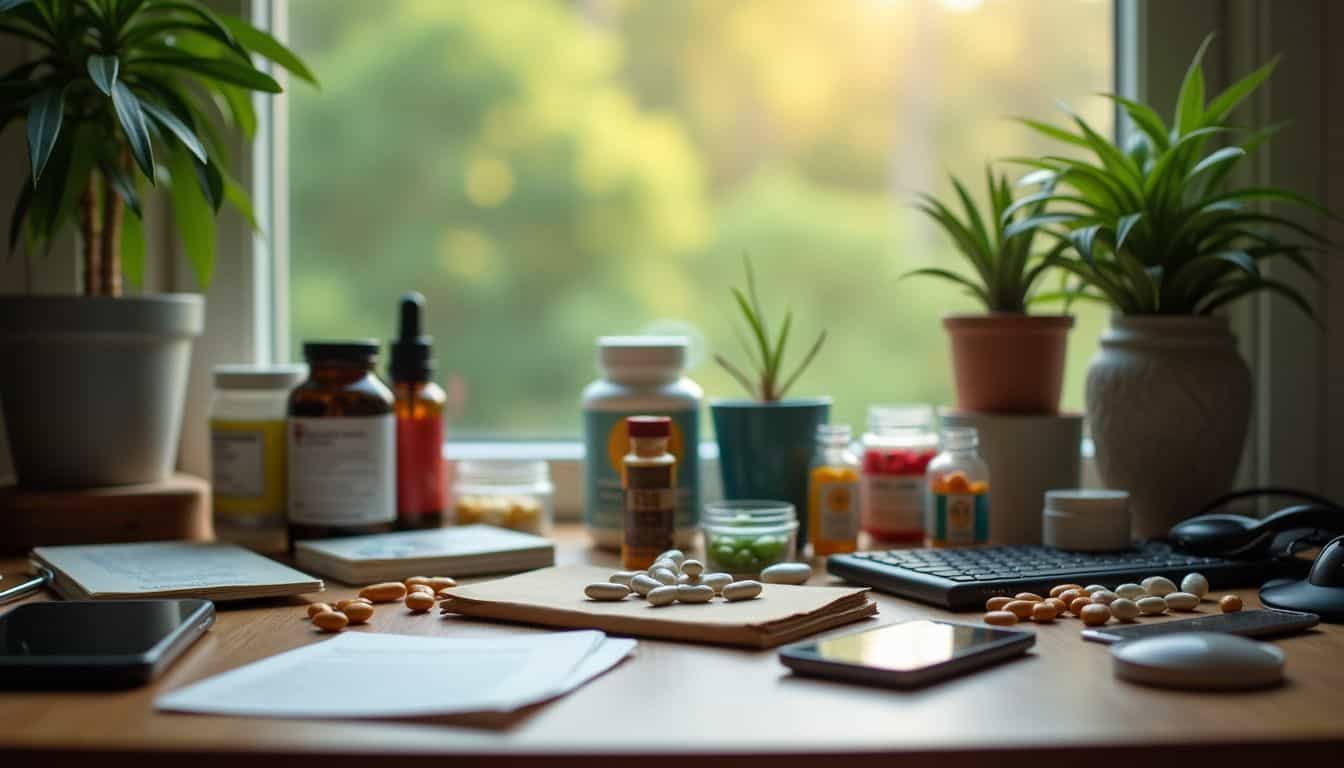
Your genes and brain chemistry play a big role in how you respond to tiny doses of psychedelics. Your mindset, daily habits, and the setting where you take these substances can make or break your microdosing results.
Individual variability
Microdosing affects everyone differently, depending on unique biological factors. Genetics shape how each body processes psychedelic substances. For instance, variations in the CYP2D6 gene can affect how quickly someone metabolizes LSD.
I saw this myself—two of my friends took identical tiny doses, but one felt more focused, the other felt almost nothing. Personality traits can also influence results. Some women who naturally enjoy new experiences often report stronger benefits, while others with different personalities might notice subtle or no changes at all.
Other factors like body chemistry, past mental health issues, or even current mood can shift outcomes too. These individual differences highlight why microdosing isn’t a simple, universal solution for creativity or mental health.
Next up, we’ll take a closer look at how surroundings and mindset further shape microdosing experiences.
The role of setting and mindset
Your surroundings and your state of mind strongly shape your experience with microdosing. Research highlights that “Set and Setting“—your mindset and environment—can amplify the positive effects psychedelics offer, beyond the chemical itself.
I definitely felt this difference myself, after trying out microdosing in two situations—a relaxed, peaceful room and a loud, busy office. The experiences couldn’t have been more different!
Having an upbeat attitude and spending time in a comfortable, quiet spot can greatly improve how well microdosing goes for you. A number of women mention getting better outcomes after designing calm, soothing spaces for their sessions.
Your own expectations heavily influence the outcome too—what you anticipate can genuinely shape how you end up feeling on small psychedelic doses.
These individual factors create a real challenge for scientists trying to study microdosing. They must carefully consider both the substance itself and how each person’s viewpoint might shape the overall results.
Paying attention to these personal differences helps explain why microdosing can feel unique for each individual.
Future Research Directions
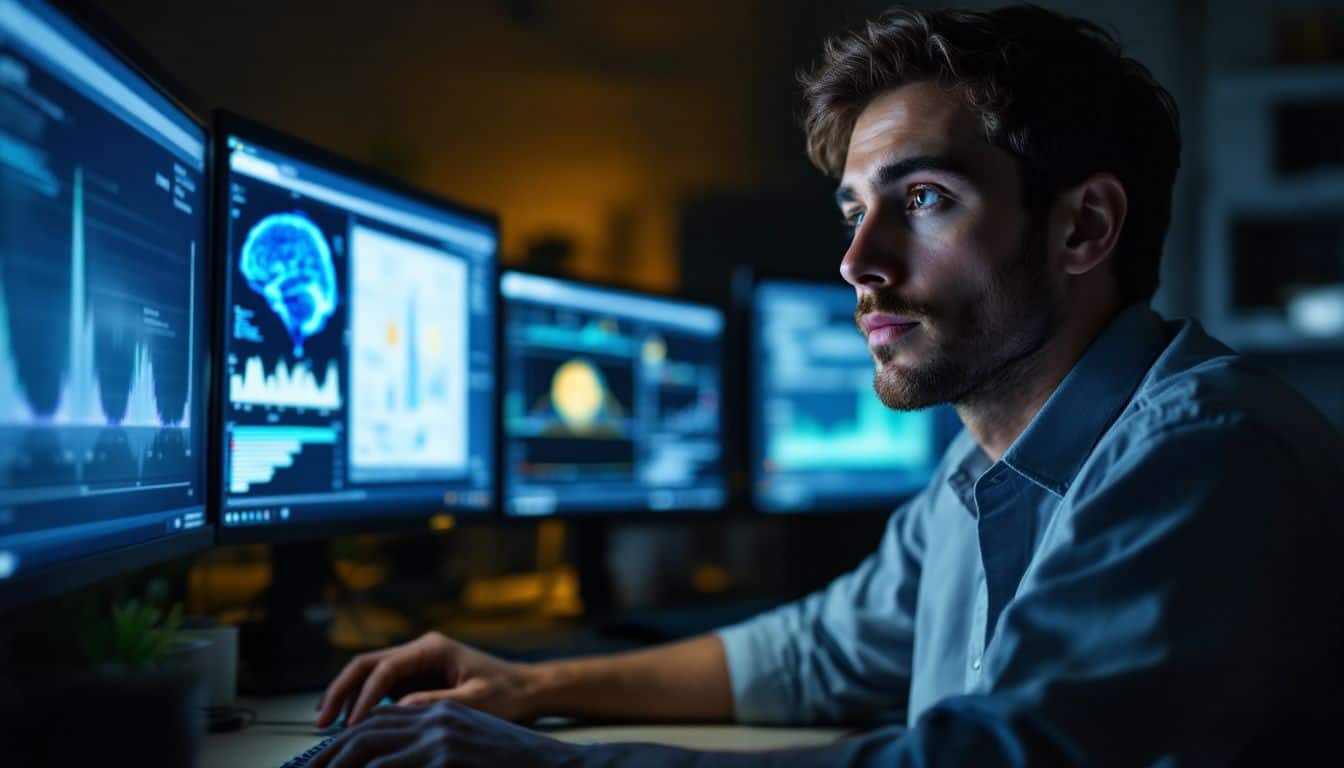
Scientists need to study microdosing for longer periods to track real changes in the brain. Large clinical trials with diverse groups will help us learn if psychedelic compounds can treat mood disorders and other mental health issues.
Long-term effects of microdosing
Research into long-term microdosing effects reveals mixed outcomes, especially for women seeking mental health benefits. Studies suggest that frequently taking small psychedelic doses doesn’t lead to lasting improvements in mood or mental clarity.
While many women initially notice better focus, creativity, or mood, these benefits often fade with time. Recent controlled trials back this up—participants using tiny amounts of LSD or magic mushrooms felt no better over time than those who took placebo pills.
One key reason might be the body’s tolerance buildup. After regular use for weeks or months, those subtle effects become harder to notice. Brain scans also offer clues; microdosing can briefly adjust brain-activity patterns—but these shifts rarely stick around long-term.
Some women experiment with microdosing to ease depression or anxiety, yet current scientific results don’t suggest it’s a dependable, lasting fix. The placebo effect likely comes into play here as well, since expecting to feel better through microdosing often boosts mood temporarily, without creating genuine chemical shifts in the brain.
Larger clinical trials
Big studies are underway to check whether tiny doses of psychedelics can truly help improve people’s moods. One major example is the LSDDEP2 trial, launched in February 2024, highlighting how seriously the scientific community now views this subject.
This clinical trial follows women diagnosed with major depressive disorder over a period of eight weeks, giving them very small LSD doses—between 4 and 20 micrograms. Unlike previous small-scale studies, this one is triple-blind—patients, doctors, and data analysts don’t know who received LSD or a dummy pill.
This approach helps reduce the placebo effect, a common issue that often makes psychedelic studies tricky to interpret clearly.
Many women face mental health concerns—depression and anxiety are especially common—but feel unsure about trying traditional psychiatric treatments. These larger studies could finally answer whether microdosing psychedelics genuinely helps, or if the improvements are mainly due to people’s hopes and expectations.
Scientists are particularly curious about the way these substances might reshape brain connections and serotonin receptors without triggering hallucinations. As more studies come out, experts can pinpoint exactly who might benefit most, and under which conditions.
Setting, mindset, and environment also influence greatly how well these treatments work—so paying attention to those details can make a big difference.
Applications for mental health treatment
Microdosing holds exciting potential for addressing mental health issues. Recent clinical trials showed tiny doses of psilocybin improved mood in patients dealing with depression. This finding is especially meaningful—many women face unique mental wellness struggles throughout their lives.
Small psychedelic doses could possibly offer relief without triggering intense experiences common with full-strength doses. Early studies suggest microdosing might gently alter brain activity, promoting healthier moods, sharper focus, and better emotional balance.
These psychedelic therapies could also help with conditions beyond depression. Women coping with anxiety, PTSD, or lingering symptoms from long COVID may find relief from controlled psychedelic treatments.
The secret might lie in how these substances influence serotonin receptors within the brain, which help regulate mood. As scientists continue researching, doctors might gain helpful tools to support those patients who haven’t found success with regular medication.
This emerging research hints at an interesting future—one where microdosing becomes a regular part of healthcare practice. With continued studies and evidence, small-dose psychedelic therapies could soon become a trusted option for mental health treatment.
How Will Microdosing Evolve in 2025?
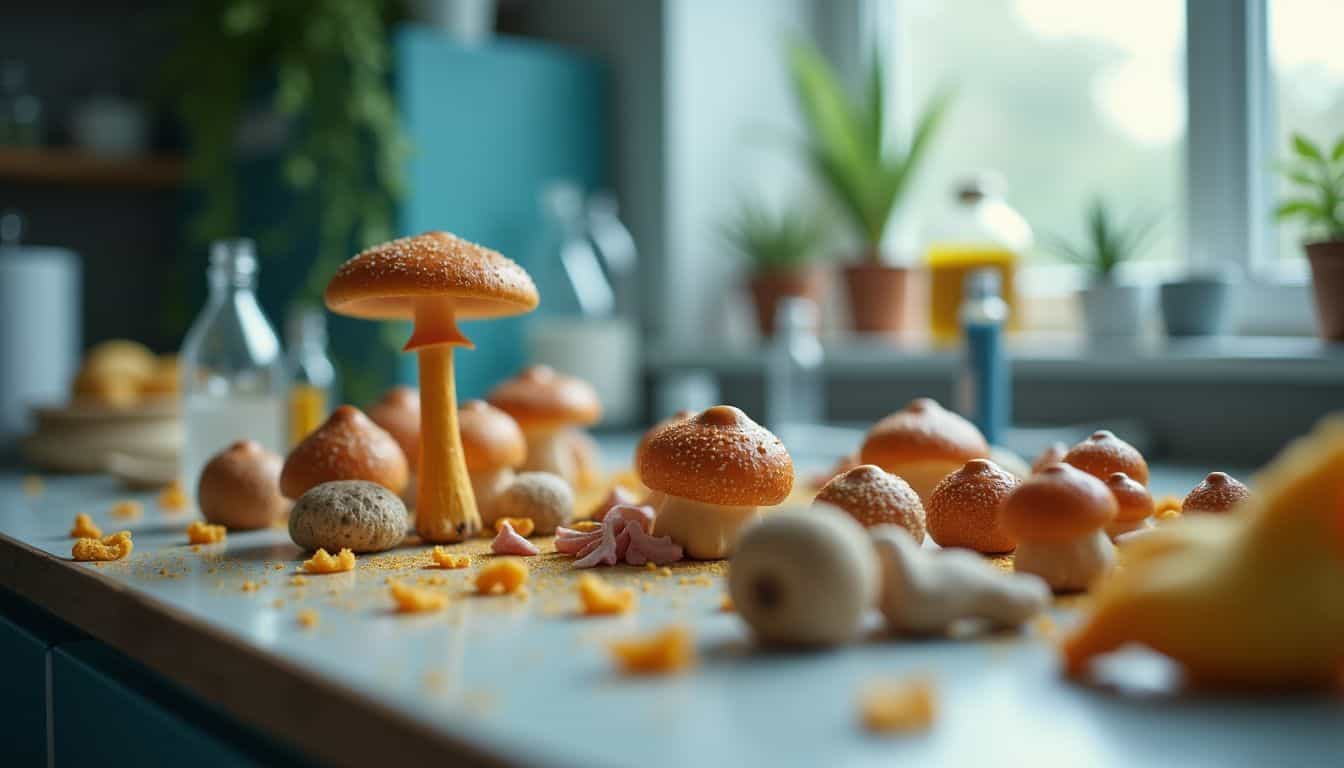
The outlook for microdosing seems promising, with plenty of exciting developments ahead. Current research on small doses of LSD and magic mushrooms could soon lead to bigger and broader clinical trials.
Doctors might start using these tiny amounts to manage conditions like anxiety, depression, and ADHD, with careful dosage control. Even the laws around these substances may soon change, as more regions begin setting clear guidelines for their use in mental health treatments.
Innovations in technology could soon make tracking effects simpler, using apps that easily measure mood shifts and brain activity. With this data, users can better identify their ideal dosing amounts without relying on trial and error.
Women may find unique advantages too—research is beginning to explore how these substances interact specifically with female hormones, as well as mental health concerns more common for women.
People will likely move away from self-treatment, instead seeking professional guidance and safer methods. Learn more about exciting exotic microdosing possibilities that may soon appear.
People Also Ask
What is microdosing, and how does it work?
Microdosing involves taking very tiny amounts of psychedelic substances like LSD or magic mushrooms. These small doses don’t trigger full hallucinations, but, instead, gently affect the brain through serotonin receptors. Some people feel this practice boosts mood or mental clarity, although research is still ongoing.
Can microdosing help with mental health issues?
Some individuals say microdoses of LSD or mushrooms help improve depressed mood or anxiety. Early scientific studies show potential in treating mental health problems such as major depression, but more extensive research is necessary to confirm whether these effects are genuine or simply placebo.
Is microdosing safe for everyone?
No, microdosing isn’t safe for everyone. People with heart conditions, psychiatric diagnoses, a history of substance abuse, or those taking certain medications should steer clear. Risks can increase if family members have mental illness—so careful consideration is needed before experimenting.
What benefits do people claim from microdosing?
Users claim different benefits like greater focus (sometimes helpful with ADHD), improved mood, less anxiety, increased creative thinking, and higher energy levels. Some who suffer from cluster headaches also say it reduces their symptoms, especially if standard medications didn’t work. Still, experiences vary a lot from one user to another.
How is microdosing different from regular psychedelic use?
Microdoses involve about one-tenth of a typical recreational dose—so you don’t experience altered states or full-blown hallucinations. People take these smaller amounts on a regular schedule, often every few days, and can carry out their daily activities without noticeable disruption.
What does science say about microdosing benefits?
Science hasn’t caught up fully yet. Some studies document subtle shifts in brain connectivity patterns, but others indicate any reported improvements might just stem from the placebo effect. Recent animal research shows changes in behavior after microdosing, though controlled, well-designed human studies remain challenging.
References
https://www.medicalnewstoday.com/articles/microdosing
https://www.sciencedirect.com/science/article/pii/S2451902224000156
https://www.sciencedirect.com/science/article/pii/S0149763422001956
https://pmc.ncbi.nlm.nih.gov/articles/PMC6364961/
https://www.medicalnewstoday.com/articles/324609
https://pmc.ncbi.nlm.nih.gov/articles/PMC10875010/
https://www.healthline.com/health/beginners-guide-to-microdosing (2024-06-26)
https://www.everydayhealth.com/integrative-health/potential-health-benefits-of-microdosing-psychedelics/ (2024-07-25)
https://pmc.ncbi.nlm.nih.gov/articles/PMC7457631/
https://www.harmonyridgerecovery.com/effects-dangers-microdosing/
https://pmc.ncbi.nlm.nih.gov/articles/PMC11311906/
https://pmc.ncbi.nlm.nih.gov/articles/PMC10371989/
